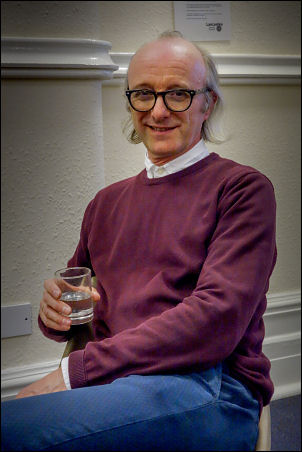|
Colin, museum manager at Lancaster
castle, said its story began 900 years ago during the Norman
conquest. Although the Romans had a presence at this lowest
crossing point on the River Lune it was the Normans who built a
wooden castle on Castle Hill in 1093.
The border with the Scots was just 10
miles north of this point, which was on the major north-south
route on the west coast.
Its stone keep was built in the 12th
century, most probably by King David, a Scottish king who had
built Carlisle castle.
The reason it did not fall into ruin
through the centuries was due to its role as a court and, with
it, a prison. Henry II created circuit judges and the castle,
along with others across England, became a court of law which
lasted from 1186 to 1974.
Additions were made to it, most
notably by King John in the 13th century, but as a castle it has
not seen a lot of military action. On the other hand its prison
has seen notable trials, not least the Lancashire Witches in the
17th century, which ended with several of the women being
hanged. The last person, a female,
burned to death at the prison was in 1772 for the crime of petty
treason, she had killed her husband.
|

Colin Penny |
|
George III had
decreed that people sentenced in this way should be dead before
being burned. Death was by strangulation.
During World War 1 German civilians
were held there and one of those was a Joseph Pilates, who
developed a training system that could be practised in a small
space.
The prison finally closed in 2011.
Colin’s excellent talk was both
enlightening and compelling, enough to encourage a visit to this
historic castle. Peter Robinson |